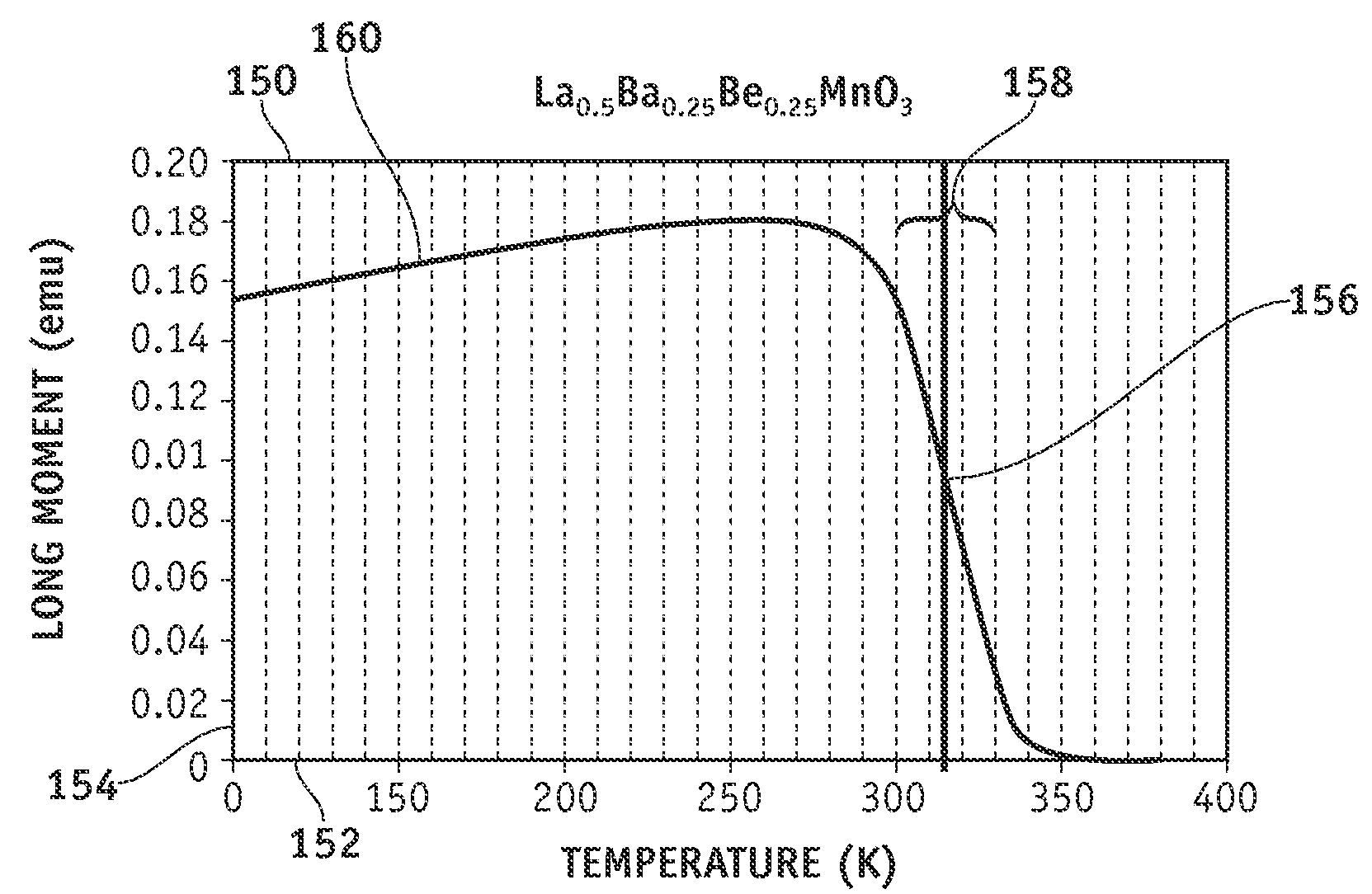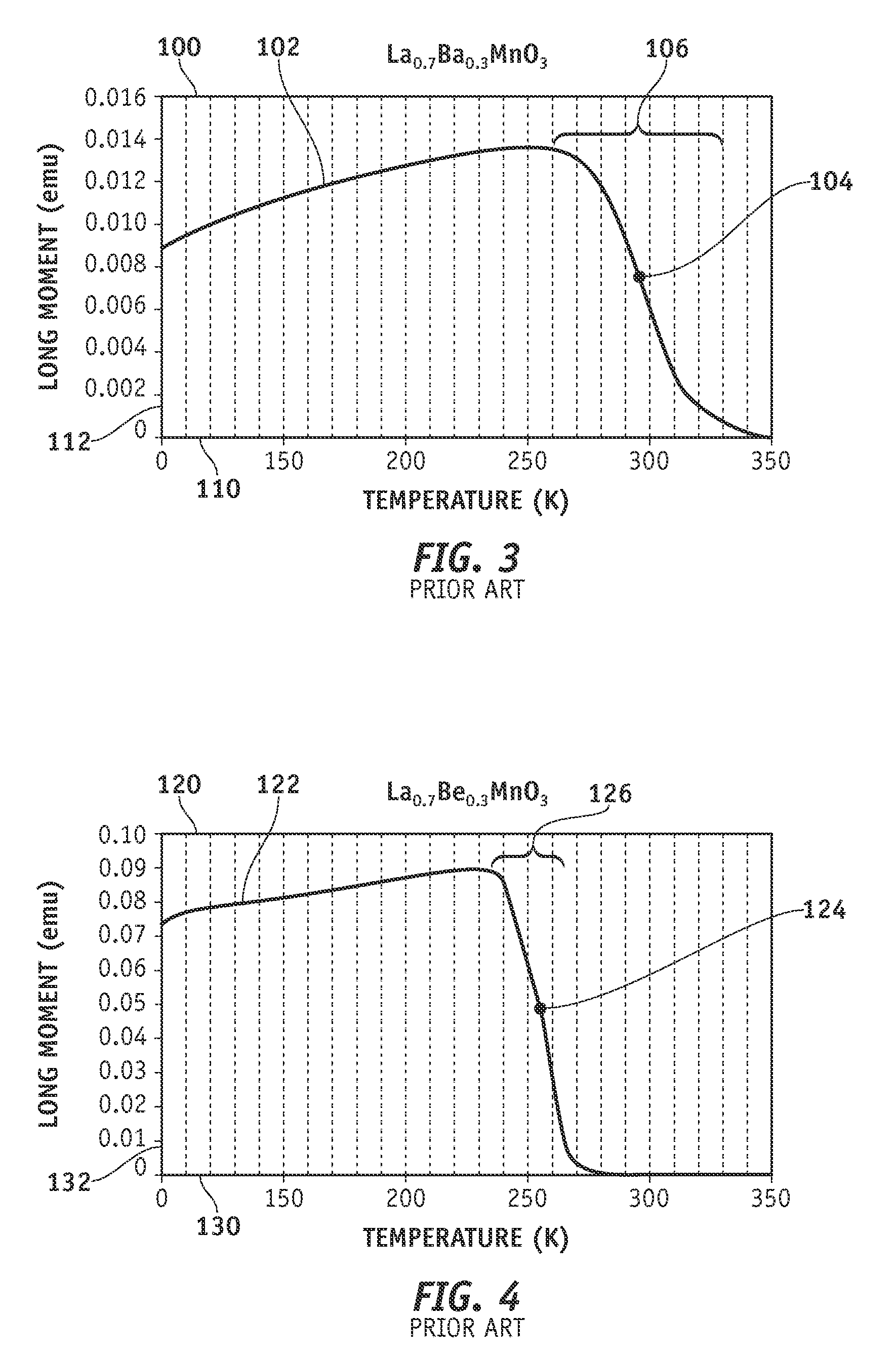Tunable variable emissivity materials and methods for controlling the temperature of spacecraft using tunable variable emissivity materials
a technology of emissivity materials and emissivity materials, which is applied in the direction of magnetic bodies, manganates/permanentates, magnetic paints, etc., can solve the problems of thermal louvers adding excessive weight to spacecraft, requiring power operation, and prior art techniques showing a number
- Summary
- Abstract
- Description
- Claims
- Application Information
AI Technical Summary
Benefits of technology
Problems solved by technology
Method used
Image
Examples
Embodiment Construction
[0019]The following detailed description of the invention is merely exemplary in nature and is not intended to limit the invention or the application and uses of the invention. Furthermore, there is no intention to be bound by any theory presented in the preceding background of the invention or the following detailed description of the invention.
[0020]The present invention is directed to various embodiments of a tunable variable emissivity material that can be fabricated to passively reduce the temperature extremes experienced by aerospace systems, such as satellites, high-altitude inflatables, deep-spacecraft, and the like. A material with a high emissivity efficiently radiates heat while a material with a low emissivity radiates less heat. A variable emissivity material is any material that, when heated above a critical temperature Tc, experiences a phase change that alters the material's emissivity. At Tc, the material transforms from a low emissivity metal into a high emissivity...
PUM
| Property | Measurement | Unit |
|---|---|---|
| Tc | aaaaa | aaaaa |
| Tc | aaaaa | aaaaa |
| Tc | aaaaa | aaaaa |
Abstract
Description
Claims
Application Information
 Login to View More
Login to View More - Generate Ideas
- Intellectual Property
- Life Sciences
- Materials
- Tech Scout
- Unparalleled Data Quality
- Higher Quality Content
- 60% Fewer Hallucinations
Browse by: Latest US Patents, China's latest patents, Technical Efficacy Thesaurus, Application Domain, Technology Topic, Popular Technical Reports.
© 2025 PatSnap. All rights reserved.Legal|Privacy policy|Modern Slavery Act Transparency Statement|Sitemap|About US| Contact US: help@patsnap.com



